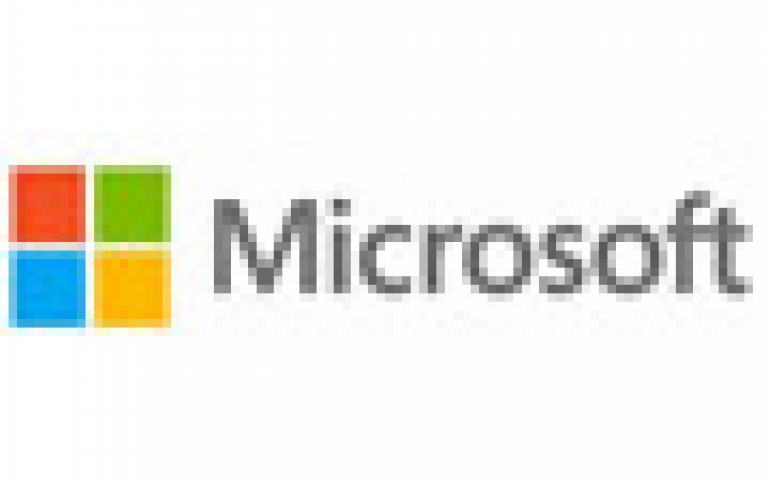
Windows Server 2012 Released
Microsoft on Tuesday is releasing Windows Server 2012, the company's first major update to its server operating system since 2009 - just a few weeks before releasing Windows 8 OS.
In a global online launch event Satya Nadella, president of Microsoft Server and Tools Business, announced the general availability of Windows Server 2012. In his keynote speech, Nadella described how Windows Server 2012 is a cornerstone of the Cloud OS, which provides one consistent platform across private, hosted and public clouds.
"The operating system has always been the heartbeat of IT and is now undergoing a renaissance in the new world of continuous cloud services, connected devices and big data," Nadella said. "Microsoft?s unique legacy in the most widely used operating systems, applications and cloud services positions us to deliver the Cloud OS, based on Windows Server and Windows Azure, helping customers achieve a datacenter without boundaries."
Microsoft built Windows Server 2012 from the cloud up, applying its experience operating global datacenters. Windows Server 2012 takes advantage of new advancements in virtualization, storage, networking and automation. In combination with Windows Azure and System Center, Windows Server 2012 empowers Microsoft's customers to manage and deliver applications and services across private, hosted and public clouds.
With Windows Server 2012 and Windows Azure at its core, Microsoft is delivering what the company calls the "Cloud OS" - an operating system that enables smart, modern apps across a company?s datacenter, a service provider datacenter, or the Windows Azure public cloud. The Cloud OS manages hardware and provide a platform for applications. But it also expands to include services and technologies that have not previously been considered part of an operating system.
In building the Cloud OS, Microsoft focused on four key things. First is the transformation of the datacenter. The company wanted to bring together all of the resources provided by a traditional datacenter - storage, networking and computing - into one platform that scales with an organization's needs. Second is offering the APIs and runtimes to enable developers to create modern applications - for mobile, social and big data. A third important aspect of the Cloud OS is ensuring personalized services and experiences, so that any user on any device can access all of their data and applications. Lastly, data of any size or type, stored anywhere and processed in any style, must be a first-class citizen of the Cloud OS.
"The operating system has always been the heartbeat of IT and is now undergoing a renaissance in the new world of continuous cloud services, connected devices and big data," Nadella said. "Microsoft?s unique legacy in the most widely used operating systems, applications and cloud services positions us to deliver the Cloud OS, based on Windows Server and Windows Azure, helping customers achieve a datacenter without boundaries."
Microsoft built Windows Server 2012 from the cloud up, applying its experience operating global datacenters. Windows Server 2012 takes advantage of new advancements in virtualization, storage, networking and automation. In combination with Windows Azure and System Center, Windows Server 2012 empowers Microsoft's customers to manage and deliver applications and services across private, hosted and public clouds.
With Windows Server 2012 and Windows Azure at its core, Microsoft is delivering what the company calls the "Cloud OS" - an operating system that enables smart, modern apps across a company?s datacenter, a service provider datacenter, or the Windows Azure public cloud. The Cloud OS manages hardware and provide a platform for applications. But it also expands to include services and technologies that have not previously been considered part of an operating system.
In building the Cloud OS, Microsoft focused on four key things. First is the transformation of the datacenter. The company wanted to bring together all of the resources provided by a traditional datacenter - storage, networking and computing - into one platform that scales with an organization's needs. Second is offering the APIs and runtimes to enable developers to create modern applications - for mobile, social and big data. A third important aspect of the Cloud OS is ensuring personalized services and experiences, so that any user on any device can access all of their data and applications. Lastly, data of any size or type, stored anywhere and processed in any style, must be a first-class citizen of the Cloud OS.





















